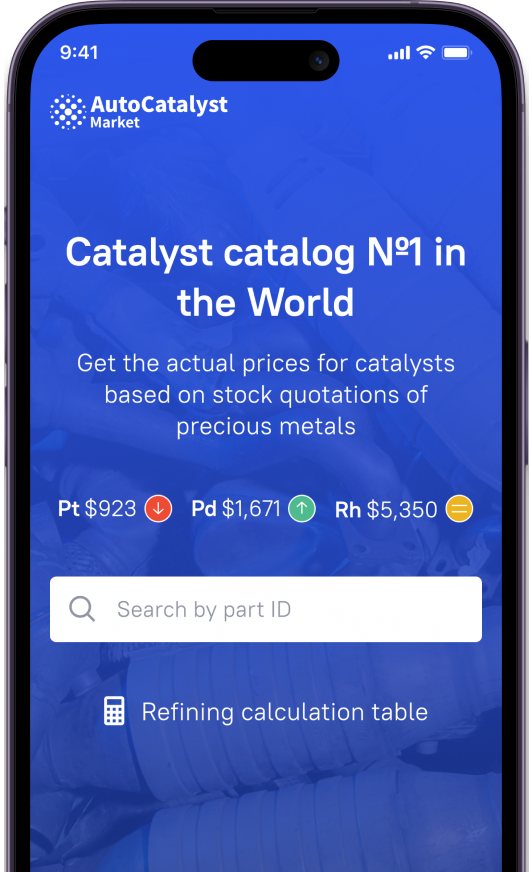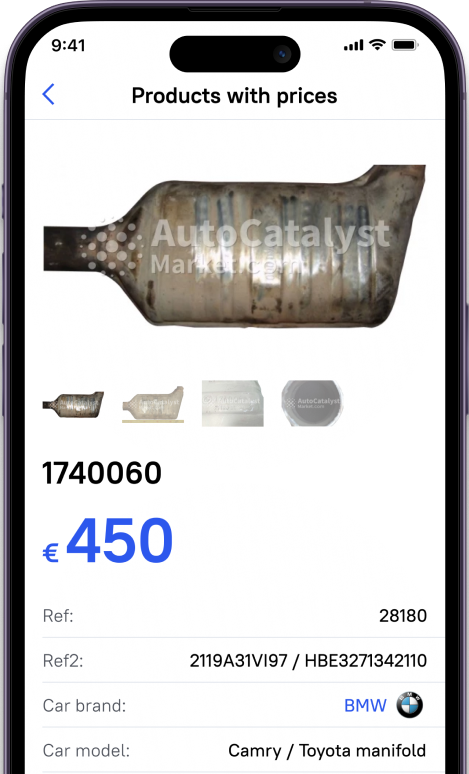- Diesel Particulate Filters & their Role in Emission Control
- Are Catalytic Converters the same as DPF? Are They Working in the One-Car System?
- The Pros & Cons: Diesel Particulate Filters (DPF) & Catalytic Converters
- Future Trends in Diesel Particulate Filters & Catalysts
Diesel Particulate Filters & their Role in Emission Control
DPF stands for diesel particulate filter and is a crucial component of almost any vehicle that uses diesel as fuel. The main difference in how this part works is that it filters out the soot particles that form from a remanufactured diesel engine. Since that soot constantly accumulates inside this type of catalyst, it must be constantly cleaned and regenerated.
The most essential advantage of this catalytic converter over other types is its efficiency in the purification of solid particles. Catalysts must be certified and verified by special tests, only then can they effectively process exhaust. It is safe to say that this detail plays a significant role in the processing of particles that are produced by diesel engines.
With the help of DPF, people were able to significantly reduce the emissions of diesel cars and contribute to the improvement of the environment situation across the globe.
Are Catalytic Converters the same as DPF? Are They Working in the One-Car System?
The specific model of the catalyst mainly depends on the type of car and whether it has petrol or diesel engine. Inside diesel engines, a complex process takes place that is very different from what happens during the processing of exhaust gases by a metal catalyst.
- A regular metal catalytic converter is primarily used in gasoline cars. Roughly speaking, this device is operating in a bit of a different way than the one with DPF installed.
- DPF is used in diesel engined vehicles and replaced/reinstalled more frequently than your regular CAT.
DPF and catalysts might have a lot in common, however, catalytic converters (CAT) work according to different principles and are designed only for cars with petrol engines.
Frequently, the manufacturer will produce branded catalysts that are adjusted to the specific model of the engine and vehicle in order to serve for eternity. In theory, catalytic converters should not be replaced or maintained at all. But in reality, it is far away from true.
Both DPF and CAT devices clog up and fill up with soot. Due to the exhausting processes, DPF and catalyst form a layer of ash which eventually block their operating functions. They both can work in a One-Car system and they both are very expensive to replace, especially when they are manufactured as one component.
The Pros & Cons: Diesel Particulate Filters (DPF) & Catalytic Converters
- The most important advantage of DPF in diesel cars is that this part can catch a huge amount of soot and clean it all up without problems. The first thing that can be noted is the improvement in air quality since all these particles do not enter the air.
On the other hand, because the exhausts are heavy and always leave some kind of ash, these catalysts are often covered with soot and clogged. That is why the used catalyst must be monitored closely and regenerated/cleaned if necessary.
- Speaking about the advantages of catalytic converters, we can note the processing of harmful oxides using chemical reactions. But the main disadvantage of these catalysts is that they contain precious metals that can greatly increase the price when buying them.
To summarize, all the cons are offset by the pros because the environment and following the regulations is many times more important. If you pay attention to the condition of the catalyst and take necessary care of it, then it will serve for many years without breakdowns.
Future Trends in Diesel Particulate Filters & Catalysts
The popularity and importance of catalysts are growing every day, and thanks to them, the environment is many times better than it could be. Thus, this detail is now attracting more and more attention.
According to various researches and expert opinions, future DPFs will have better filtration that will show efficient processing and soot retention. Thanks to this, cars can become even safer for society as a whole. Also, the components that fill these catalysts were changing throughout the course of years. It is safe to assume that they will continue to develop in the future and make catalysts more efficient, durable, resistant to damage and just better overall.
Scientists are also thinking about the integration of technologies that will be able to clean the catalyst during its operation from the inside, to make sure that soot simply does not linger inside.
The ability to monitor the condition of the catalyst is a very important aspect that will be more thoughtful in the future. Thus, various companies try to implement a function that allows drivers to monitor the catalyst condition directly from the vehicle control panel. Speaking about the future, we can say with confidence that all types of catalysts will become much better and more technologically advanced.



































